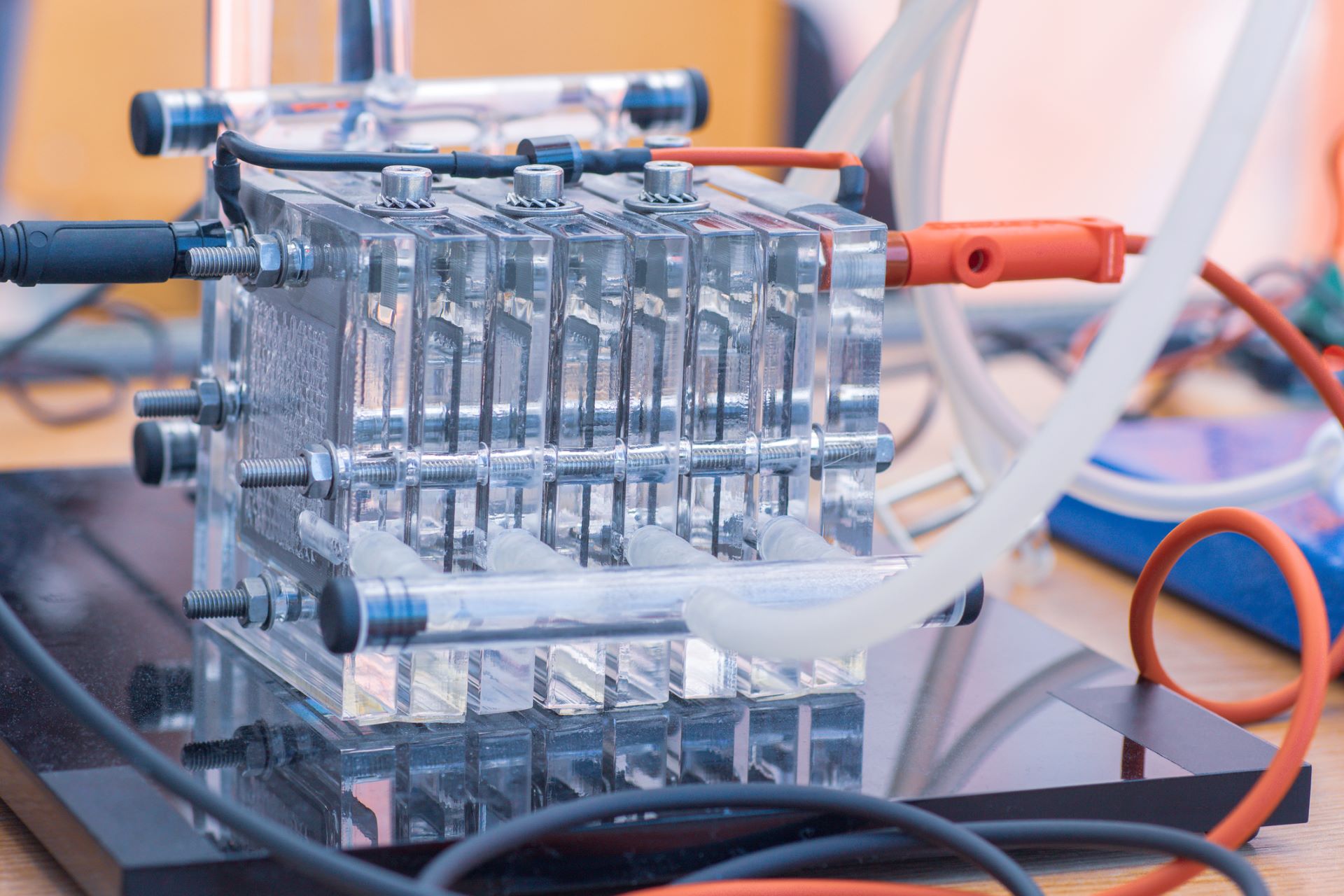Nature's Inspiration: Leafy Plants, Lizards, and the Future of Fuel Cells
Key Ideas
- Ph.D. student Eric Chadwick and his team at the University of Toronto find inspiration in nature to improve hydrogen fuel cells by mimicking the water management skills of desert lizards and leafy plants.
- The redesigned internal channels of the fuel cells led to a 30% increase in peak power output, better distribution of hydrogen and oxygen, and enhanced efficiency in the use of platinum catalysts.
- Better fuel cells have the potential to revolutionize energy systems in various applications like off-grid homes, refrigerated trucks, emergency shelters, and city infrastructure, reducing maintenance costs and promoting cleaner air.
- Chadwick's biomimicry approach showcases the power of integrating nature's designs into technology for a smarter, healthier, and more sustainable energy future, with plans to further scale the technology using computer modeling.
Eric Chadwick, a Ph.D. student in mechanical engineering at the University of Toronto, and his team are tackling the issue of water buildup in hydrogen fuel cells by drawing inspiration from nature. Mimicking the water management techniques of desert lizards and leafy plants, they redesigned the internal channels of the fuel cells, leading to a significant improvement in performance. Testing at the Canadian Light Source showed a 30% increase in peak power output, better distribution of hydrogen and oxygen, and improved efficiency in utilizing platinum catalysts.
The potential of these enhanced fuel cells extends to various applications, including off-grid homes, refrigerated trucks, emergency shelters, and city infrastructure. The technology promises reduced maintenance costs, cleaner air, and lower emissions, offering significant health benefits to communities. Chadwick's biomimicry approach underscores the importance of integrating nature's solutions into clean tech innovations, with other examples like whale fins improving wind turbines and sunflower patterns optimizing solar panel layouts.
Looking ahead, Chadwick plans to scale the technology through computer modeling for further enhancements. The project highlights how nature-inspired design can pave the way for a more sustainable energy future, demonstrating the value of harnessing natural solutions to drive innovation and progress.
